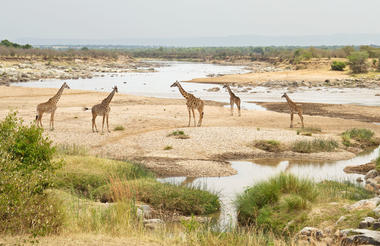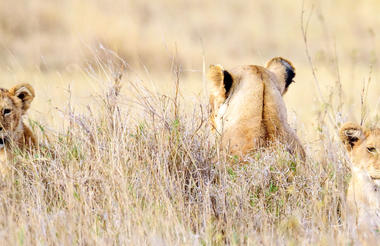One of Kenya’s undisputed natural highlights is the Masai Mara National Reserve, which sprawls across more than 1500 square kilometres of the country’s southwest. The park protects a phenomenal array of game, including elephant, lion, leopard and buffalo, as well as crocodile and hippopotamus in the Mara River. The birdlife is no less impressive, with over 450 resident bird species. However, the true highlight here is the Great Migration, recognised as one of the Seven New Wonders of the World. To survive the dry months of July to September, some 1.7 million wildebeest, migrate from the parched plains of the Serengeti National Park in Tanzania. Along with much smaller numbers of antelope, buffalo and zebra, they move to the more forgiving grasslands of the Masai Mara. In their wake come predators such as lion, hyena and cheetah, for whom these giant herds are an easy source of prey.
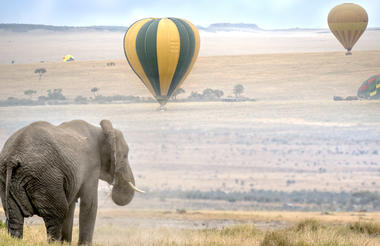
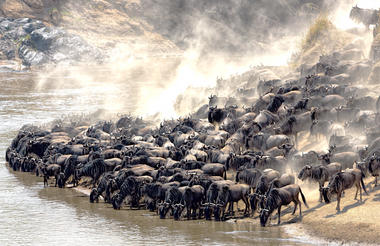
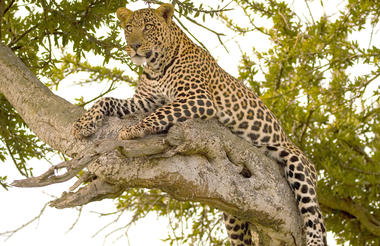
The Serengeti is one of the most famous wildlife areas in the world and home to the annual wildebeest migration. The Serengeti National Park itself covers 14,750 km2 of grassland plains, open savannah, riverine forests and woodlands. It lies in the north of Tanzania, bordered by Kenya and the Masai Mara National Reserve in the north, the Ngorongoro Crater Area to the southeast, the Maswa Game Reserve to the south west and the Loliondo Game Controlled Area area to the east. Together, all these areas form the larger Serengeti ecosystem which almost all see the wildebeest herds at some point during their annual circuit.
The northern Serengeti area of lush, rolling grassland and tree-lined watercourses is the most northerly point of the migration journey, together with Kenya's Masai Mara. During the dry season from July to October, the herds mass on both banks of the Mara River, frequently crossing - and braving the crocs - in response to local weather patterns that only they seem to understand.
Unlike the southern plains of the Serengeti that dry out, forcing all but the hardiest of species to leave, this area remains lush and green. There's a collective sigh of relief from the resident game when the one and a half million migrating wildebeest - and the madness that follows them - leave town for a few months. And the resident game in the area is spectacular. Plains game in the form of zebra, topi, gazelles, impala, buffalo and giraffe all frequent the area throughout the year. Lion are rarely far away and leopard, ever present, but always elusive, stalk the rocky kopjes and river lines.
